
The Pazzi were a powerful family in the Republic of Florence. Their main trade during the fifteenth century was banking. In the aftermath of the Pazzi conspiracy in 1478, members of the family were banished from Florence and their property was confiscated; the family name and coat-of-arms were permanently suppressed by order of the Signoria.
In textual and classical scholarship, the editio princeps of a work is the first printed edition of the work, that previously had existed only in manuscripts. These had to be copied by hand in order to circulate.
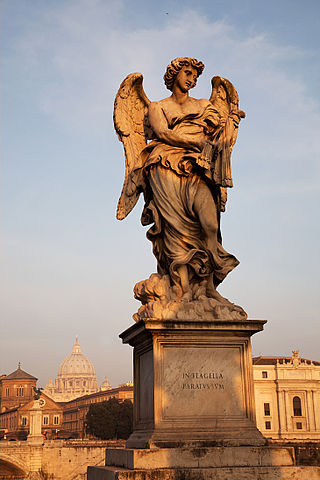
Lazzaro Morelli was an Italian sculptor of the Baroque period.
Marino Ortolani was an Italian pediatrician who developed a clinical test for the recognition of hip dysplasia called the Ortolani test.

Carlo Gualterio was an Italian Roman Catholic cardinal.
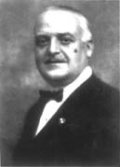
Rocco Jemma (1866–1949) was an Italian pediatrician.
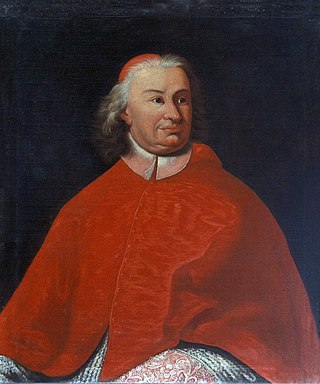
Filippo Antonio Gualterio was made a papal nuncio to France (1700–1706) and a cardinal of the Roman Catholic Church from 1706.
Alessandro Bichi was an Italian Catholic Cardinal and papal nuncio to France.
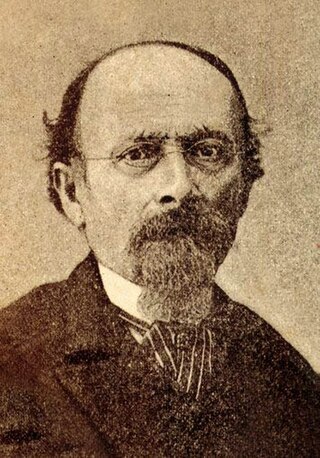
Giovan Battista di Crollalanza was an Italian writer. From 1841 he published works on many topics and in several genres, among them histories, plays and poetry. From the 1870s he wrote only on heraldry.
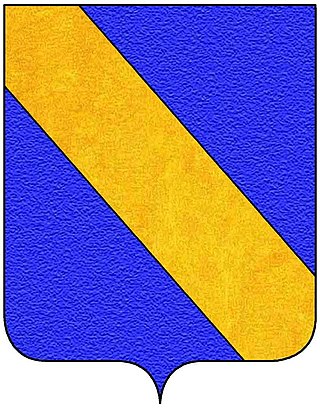
The Capizucchi family was a noble Roman family. Considered one among the oldest families in Rome, it was deeply rooted in the Roman nobility because of the gallantry of many members. The family died out in the 17th century, and its name came to an end in 1813. The Capizucchis had their homes in Campitelli rione, at the foot of Capitoline Hill, and there also lay their palace. This still exists and is located between two squares, Piazza Campitelli and the one that took its name from the family, Piazza Capizucchi.
Bernardo Cappello was a Venetian humanist, writer and pupil of Pietro Bembo.
Riccardo Astuto di Lucchese was an Italian diplomat and writer. He was born in Naples. He was the Italian colonial governor of Eritrea for five years, from 1930 to 1935.
Francesco Ravizza was an Italian archbishop and diplomat, Apostolic Nuncio to Portugal from 1670 to 1673.

Niccolò Franco was a poet and literato executed for libel.
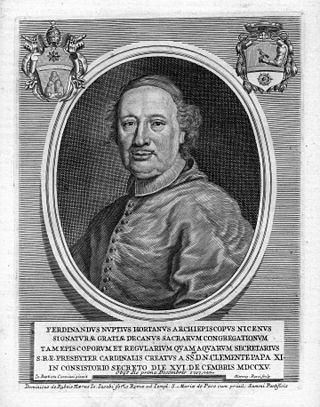
Ferdinando Nuzzi was a Catholic cardinal who served as officer of the Papal States and as Bishop of Orvieto from 1716 to his death.
Aurelio Aureli was an Italian librettist.
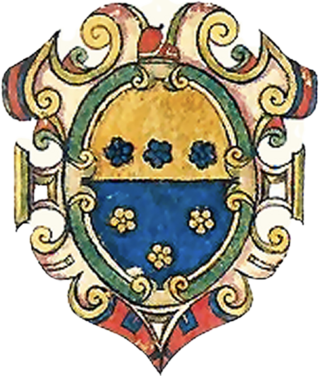
The House of Loredan-Santa Maria is a cadet branch of the noble House of Loredan which has produced many politicians, diplomats, military generals, naval captains, church dignitaries, writers and lawyers, and has played a significant role in the creation of modern opera with the Accademia degli Incogniti, also called the Loredanian Academy. The branch draws its name from the parishes of Santa Maria Formosa and Santa Maria dei Miracoli in Venice, around which it was historically settled. The progenitor of the branch is considered to be the famous admiral and procurator Pietro Loredan (1372-1438) by his sons Giacomo and Polo.
Francesco Beretta was an Italian organist, composer and Kapellmeister and a predecessor of Paolo Lorenzani - a pupil of Orazio Benevoli - at the Cappella Giulia of St. Peter.
Cola Montano, also known as Nicola Capponi, was an Italian writer and humanist scholar who helped incite the Congiura dei Lampugnani or Conspiracy of the Lampugnani that succeeded in murdering the Duke of Milan, Galeazzo Maria Sforza. While not present at the murder, Cola Montano was captured by the Lorenzo de' Medici government of Tuscany, and hanged from a window in the Bargello.
Giovanni Cinelli Calvoli was an Italian physician and bibliographer of the Seicento.










